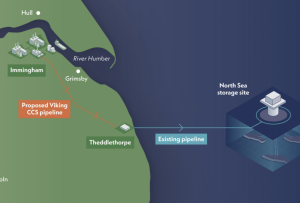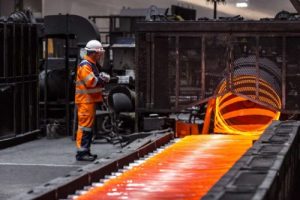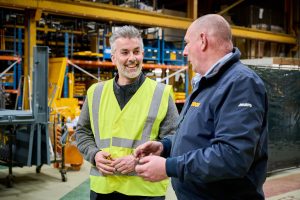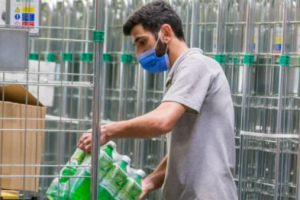Rail operator tests ‘gamechanger’ solution to leaves on the line

Train operator Northern and the University of Sheffield have demonstrated an innovative method to clear leaves from railway tracks using supersonic dry ice pellets made from recycled carbon at Wensleydale Railway.
Northern has partnered with top engineers and experts at the University of Sheffield to trial a new rail head treatment technology that is attached to passenger trains and could save the rail industry millions of pounds every year.
Fallen leaves can cause significant disruption to the network. Leaves stick to damp rails and passing trains compress them into a smooth, slippery layer, reducing a trains’ grip. This can cause delays to services, which leads to disruption for passengers as well as affecting safety as braking is compromised.
At the moment, railway lines are cleaned using railhead treatment trains (RHTTs), but there are only a limited number of these trains available, so they can’t treat the whole of the network.
RHTTs are also expensive to run. The new process offers the potential to provide improved treatment at much lower cost.
The new cleaning system, developed by researchers from the University’s Department of Mechanical Engineering, works by firing dry ice pellets in a stream of air at supersonic speed at the railhead – freezing any leaves on the line. The frozen leaves are then blasted away as the dry ice pellets turn back into a gas. The dry ice pellets are made from waste carbon dioxide from other industries.
The trials with Northern are being run thanks to funding from Network Rail’s Performance Innovation Fund.
The researchers have bought two retired Pacer trains, based at Wensleydale Railway, to test the new design and develop a plan for the system to be fitted throughout Northern’s fleet next year.
Rob Cummings, seasonal improvement manager at Northern, said: “This is a gamechanger for the industry – the next step in finding a solution to tricky autumn conditions.
“One of the biggest risks to our performance during October and November is ‘leaves on the line’, but by helping to develop new innovative technology we aim to deliver the very best service for our passengers.”
Professor Roger Lewis, who has led the university team developing the technology, said, “This is a great example of a university testing and proving an idea in a lab-based experiment and then scaling it up to be trialled and implemented in the field to make impact. This can only be done though good teamwork and having champions in the railway industry such as Rob and his team at Northern.”








